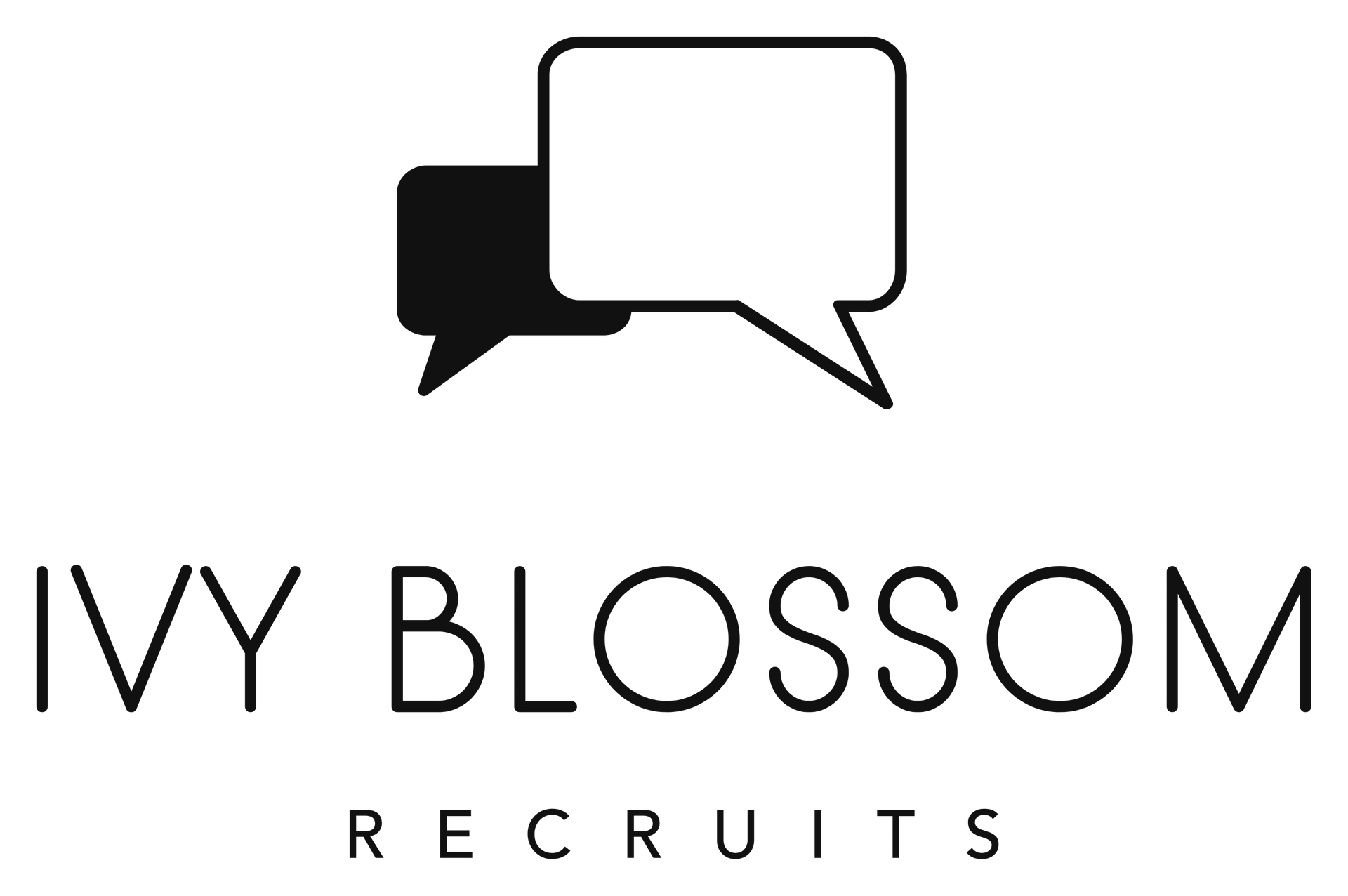3 Strategies for Promoting Gender Diversity at the Executive Level
Transform your executive culture for inclusive leadership.

3 Strategies for Promoting Gender Diversity at the Executive Level
- Develop inclusive talent pipelines.
- Challenge unconscious bias and stereotypes.
- Enable work-life integration and flexible leadership.
Gender diversity within executive leadership is not just about equal representation; it’s about recognizing the unique value that female and nonbinary leaders bring to the table. Research consistently shows that organizations with diverse leadership teams are more innovative and adaptable and have higher revenue growth.
This post explores 3 key strategies for promoting gender diversity among executive leadership, setting the stage for a more equitable and prosperous future.
Before I start, let’s cover a few definitions:
- Female refers to individuals identifying as women, whether or not the person was assigned female at birth. This term is inclusive of cisgender and transgender women, recognizing the diverse experiences and identities within the category of femininity.
- Nonbinary is a term used to describe gender identities that do not strictly align with the traditional binary concepts of male or female. Individuals who identify as nonbinary may experience their gender as a combination of both male and female, as neither male nor female, or as a unique gender identity entirely separate from the male-female binary. Nonbinary individuals often use pronouns such as they/them, ze/zir, or other gender-neutral pronouns to affirm and express their gender identity.
- Transgender describes individuals whose gender identity differs from the sex they were assigned at birth. Transgender individuals may identify with a gender different from the one traditionally associated with their physical characteristics. They may take steps to express their gender identity in ways that feel authentic to them, such as undergoing gender-affirming medical procedures or adopting a different name or pronouns.
- Cisgender refers to individuals whose gender identity aligns with the sex they were assigned at birth. Cisgender individuals typically identify with the gender roles, expressions, and expectations associated with their assigned sex. This term is used to differentiate individuals who are not transgender, emphasizing that their gender identity aligns with societal expectations related to their assigned sex at birth.
Develop Inclusive Talent Pipelines
One starting point for promoting gender diversity at the executive level is building an inclusive talent pipeline. Gender bias in recruitment and promotion processes can hinder the progress of leaders who aren’t male.
To combat this, companies should take a proactive approach by:
- Implement gender-neutral recruitment practices: Reduce biased language from job descriptions, interview processes, and selection criteria to ensure an equitable playing field for all candidates.
- Provide mentorship and sponsorship programs: Encourage the development and growth of high-potential underrepresented employees by connecting them with experienced mentors and sponsors who can advocate for their advancement through succession planning.
- Offer leadership development opportunities: Create training and development programs targeting female and nonbinary leaders, equipping them with the skills and knowledge required to excel in executive roles.
- Cultivate an inclusive company culture: Foster an environment where diversity and inclusion are not just buzzwords but integral to the company’s identity. Make inclusivity a core value and establish mechanisms for reporting and addressing bias or discrimination.
Challenge Bias and Stereotypes
An organization’s lack of intercultural understanding can significantly impede gender diversity initiatives within executive teams. Gaps like this lead to the underrepresentation of female and nonbinary leaders and create barriers to their professional growth.
Companies must take proactive steps to identify and challenge biases, including:
- Training and education: Implement comprehensive training programs to raise awareness about bias and provide strategies for mitigating its impact on hiring and promotion decisions. (Important! In many cases, unconscious bias training is proving to increase bias, not reduce it. Try something different, like working with Kai Stower, who coaches organizations through the Intercultural Development Continuum).
- Diverse hiring commitment: Form diverse interview teams and hiring committees to evaluate candidates, reducing the likelihood of bias affecting the selection process. If you lack diversity at the executive level, pull interviewers in from a lower level.
- Objective performance assessments: Base promotion decisions on objective, transparent, and measurable criteria rather than subjective judgments, ensuring that individuals are assessed fairly.
- Transparent pay equity: Continuously monitor and address gender pay gaps within the organization to guarantee equitable compensation.
Enable Work-Life Integration and Flexible Leadership
Balancing work and personal life is often more challenging for cisgender female executives due to societal expectations and traditional gender roles. Enabling work-life integration and flexible leadership is vital to retaining and promoting female leaders:
- Virtual Assistants for personal and work life: Give executives virtual assistants to use for their work and personal life needs.
- Flexible work arrangements: Offer flexible working options, such as remote work, flexible hours, and part-time positions, to accommodate varying life stages and family responsibilities.
- Family support programs: Provide comprehensive family support programs, including parental leave, on-site childcare, and elder care assistance, to ensure employees can pursue their careers without sacrificing their personal lives.
- Leadership by example: Showcase the success stories of female leaders who have effectively balanced executive roles with their personal lives to inspire others.
- Setting boundaries: Encourage female executives to set boundaries, practice self-care, and communicate their needs to achieve work-life balance. Train other employees on how to respect those boundaries.
Final Thoughts
Promoting gender diversity at the executive level requires dedication, strategy, and financial investment. The benefits of fostering a diverse and inclusive executive leadership team extend beyond gender equality to encompass innovation, adaptability, and revenue growth.
Companies that embrace inclusive talent pipelines, challenge bias, and enable flexible leadership are better positioned to leverage the unique talents and perspectives of female leaders, setting the stage for a more equitable and prosperous future.




